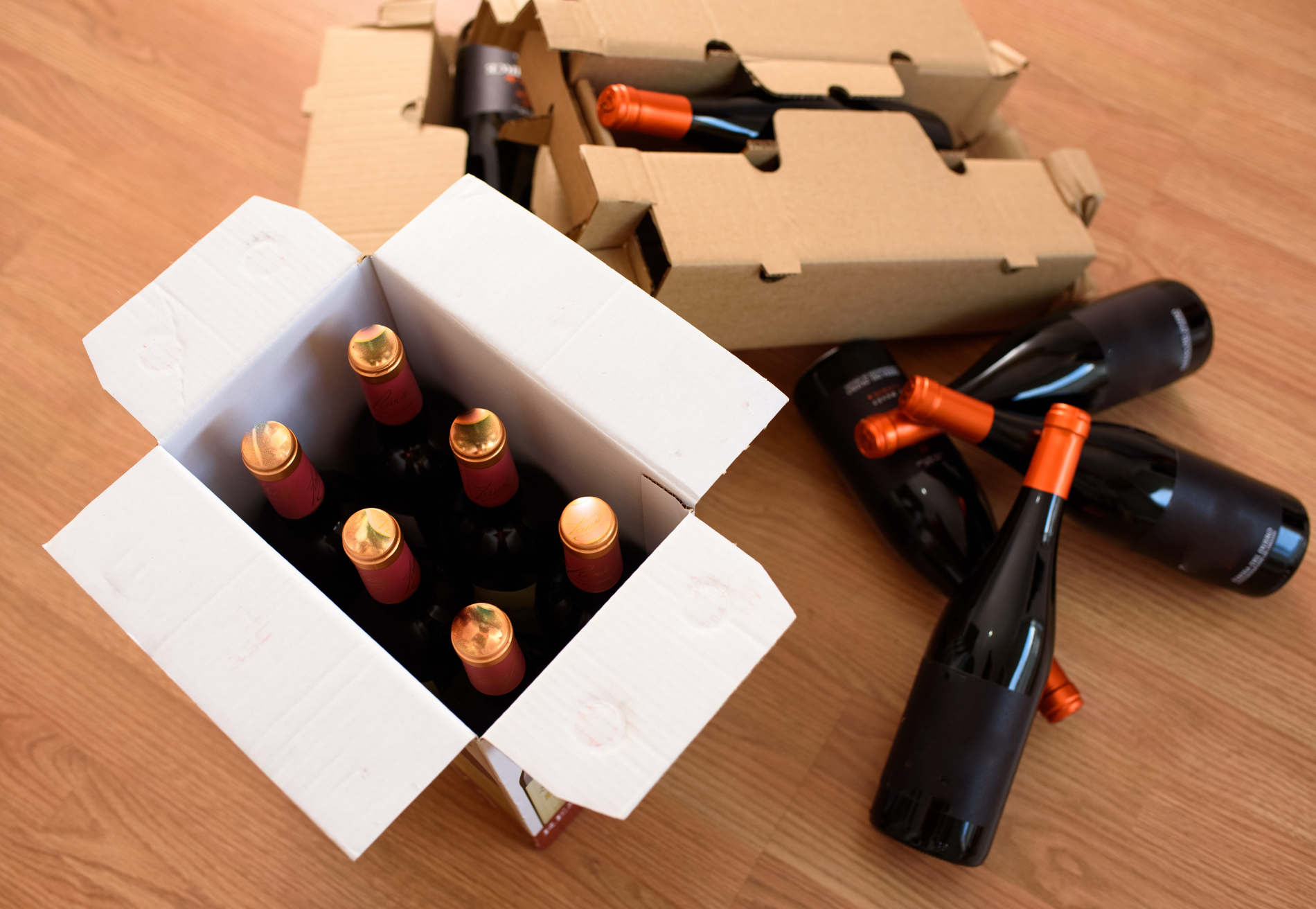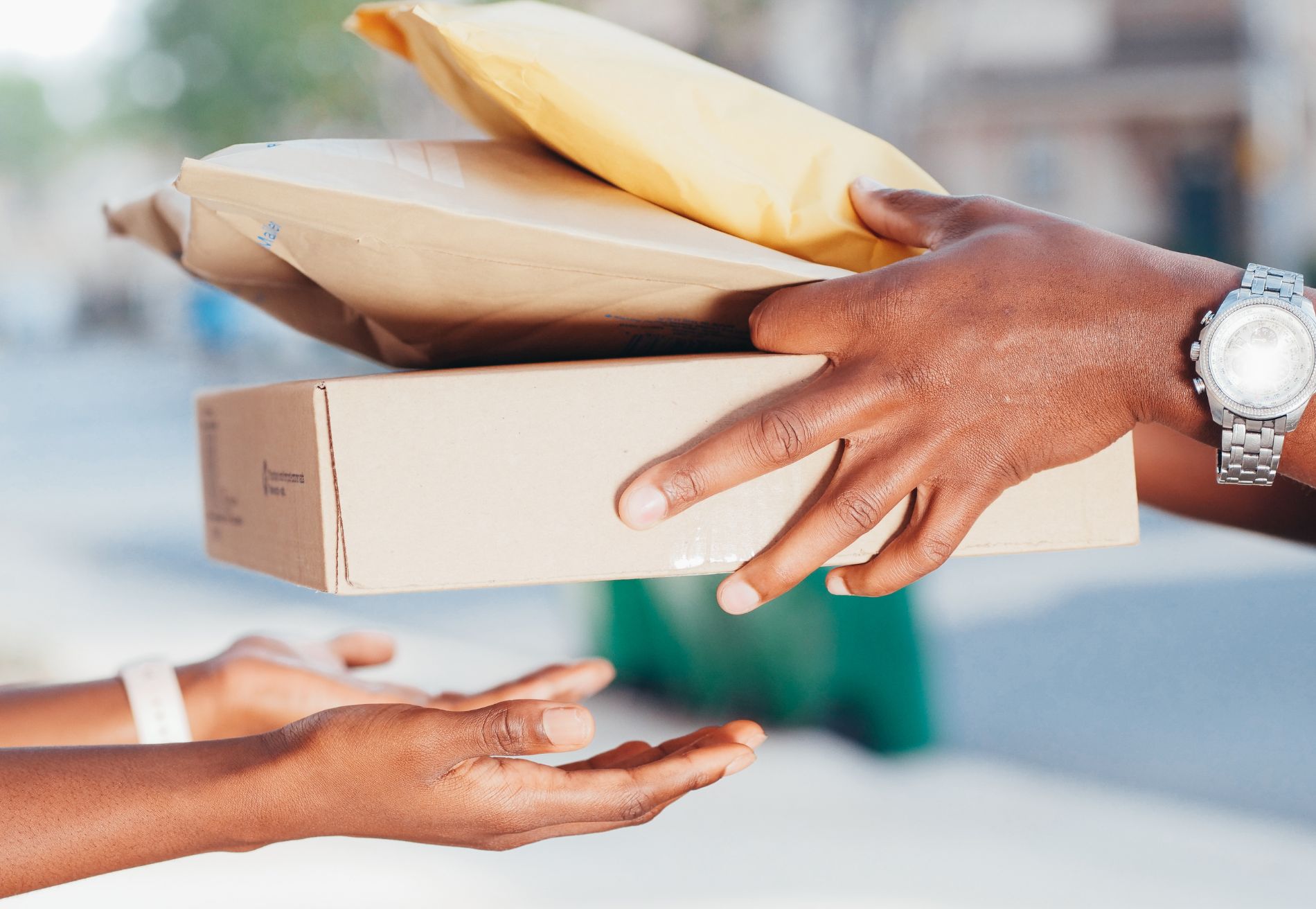The Complete Guide to Scheduled Delivery for Restaurants
.png)
For restaurant owners and managers, ensuring a smooth and efficient delivery operation is essential to improve restaurant operations. Scheduled delivery is a game-changer, allowing you to provide your customers with the convenience of choosing their delivery time. In this guide, we will explore the steps of scheduling deliveries, the platforms to use, and why Shipday stands out as the best platform for scheduling restaurant deliveries.
What is Scheduled Delivery?
Scheduled delivery is a logistics strategy that enables your restaurant to plan and execute deliveries according to a predetermined schedule.
Also known as delivery time scheduling, this process allows customers to select a specific date and time for the delivery of their orders. The approach ensures that orders are dispatched systematically, reducing delivery times and enhancing customer satisfaction.
Scheduled delivery has gained immense popularity in the restaurant industry, as it offers several benefits.
Benefits of Scheduled Delivery
Scheduled delivery brings various benefits to your restaurant.
It allows you to meet customer expectations by offering convenient delivery options. It also helps in cost reduction by optimizing routes and minimizing idle time for delivery personnel.
Here, we describe five benefits of scheduled delivery in detail:
Customer Convenience
Scheduled delivery is all about putting the customer first. It empowers them to choose delivery times that align with their busy lives. Whether it's getting dinner just in time for a family meal or a late-night snack for night owls, scheduled delivery caters to their needs. This flexibility enhances the overall customer experience and leaves them satisfied, increasing the chances of repeat orders.
Efficient Operations
For restaurants, efficiency is key. Allowing customers to schedule their deliveries helps optimize resources. During peak hours, your kitchen staff can prepare orders in a more controlled manner, reducing chaos and ensuring timely deliveries. It also means your delivery drivers can follow a smoother route, improving the delivery process and reducing the stress on your team.
Increased Sales
Scheduled delivery opens up new opportunities for revenue. By accommodating customers who require deliveries at non-standard times, such as breakfast or late-night snacks, you can tap into previously untapped markets. This expanded customer base can significantly boost sales and contribute to your restaurant's success.
Customer Loyalty
Customer loyalty is built on trust and convenience. When you provide a scheduling option that caters to your customers' needs, they're more likely to return. A restaurant that consistently meets their delivery preferences becomes a go-to choice. This loyalty is invaluable and can lead to long-term relationships with your patrons.
Determining a Delivery Schedule
Efficient delivery schedules are essential for keeping customers happy. They involve factors like order volume, delivery zones, and driver availability. By optimizing these schedules, you can ensure timely deliveries, even during peak hours.
A well-planned delivery schedule is the backbone of a successful restaurant delivery service. It ensures that your drivers are dispatched efficiently and that orders are delivered within the promised time frame, enhancing your restaurant's reputation.
To establish a delivery schedule, you need to consider the following steps:
1. Identifying Delivery Requirements
Understand the delivery requirements of your restaurant, including peak hours, delivery routes, and types of orders.
2. Analyzing Delivery Data & Trends
Examine historical data and trends to identify peak demand hours and areas of operation. This data helps you plan your schedules effectively.
3. Establishing a Regular Delivery Pattern
Create a regular pattern for deliveries based on the analysis. This pattern forms the backbone of your delivery schedule.
4. Customizing the Deliveries for Different Customers
Offer options for various delivery timeframes to cater to the diverse needs of your customers.
5. Establishing an Effective Delivery Window
Determine the timeframes for delivery windows and ensure they align with your kitchen's capacity.
Evaluating Customer Feedback and Satisfaction Levels
Gathering and evaluating customer feedback is essential for improving your delivery service and ensuring high satisfaction levels. Here's how you can do it:
- Collect Feedback: Encourage customers to provide feedback about their delivery experience. This can be done through various channels, such as post-delivery surveys, online reviews, or feedback forms. Make it easy for customers to share their thoughts.
- Analyze Feedback: Once you've collected feedback, analyze it thoroughly. Look for common trends and issues raised by customers. Pay attention to aspects like delivery time, order accuracy, and the behavior of delivery drivers. Identifying patterns can help you pinpoint areas for improvement.
- Address Customer Concerns: Take action based on the feedback received. Address any concerns or complaints promptly and effectively. This can involve making process improvements, providing additional training to your delivery team, or implementing new technologies to enhance the customer experience.
- Make Continuous Improvement: Customer feedback should be an ongoing process. Regularly evaluate and update your delivery service based on the feedback you receive. By consistently striving to improve, you can maintain and boost customer satisfaction levels.
Tracking Delays, Missed Stops, & Other Issues
Tracking and addressing delays and missed stops is also vital for efficient delivery operations. Here are some tools and tricks you can use to ensure your delivery is efficient and on time:
- Utilize Delivery Management Software: Invest in delivery management software that provides real-time tracking of deliveries. This technology allows you to monitor each delivery's progress, including estimated time of arrival and any deviations from the schedule.
- Immediately Identify the issue: With delivery management software, you can promptly identify delays and missed stops. This allows you to take immediate corrective actions, such as re-routing drivers or addressing the issue causing the delay.
- Continue to analyze your performance: Regularly review the data collected by the software to analyze performance. Identify any recurring issues or trends that may require systemic improvements, such as optimizing delivery routes or adjusting delivery timeframes.
- Use preventative Measures: Use the insights gained from tracking to implement preventative measures. This may involve better planning, more efficient routes, or additional driver training to minimize future delays and missed stops.
Optimizing Delivery Logistics
From those last two sections, we can see that continually managing and optimizing your delivery operation is key for success. There are so many different aspects that go into providing successful delivery services. Here’s a list of other KPIs and optimizations businesses can consider when optimizing their own delivery program:
Utilizing Delivery Vehicles
Optimizing the use of delivery vehicles is crucial for efficiency. Ensure your vehicles are well-maintained, choose the right vehicle for each delivery type (e.g., bikes for short distances, cars for larger orders), and implement vehicle tracking systems to monitor their usage and performance.
Meeting Customer Demand
Adapting to fluctuating customer demand requires data analysis. Identify peak hours and popular dishes, allowing you to allocate resources accordingly. Implement surge pricing during high-demand times and incentivize customers to order during off-peak hours.
Efficiently Handling Residential Addresses
Delivering to residential addresses can be streamlined by training drivers to navigate neighborhoods efficiently. Use GPS systems with real-time traffic updates to avoid delays. Consider implementing a "leave at the doorstep" option for contactless delivery.
Ensuring Delivery to Secure Locations
Delivering to secure locations, such as gated communities or office buildings, requires clear communication. Coordinate with customers to obtain access codes or detailed instructions. Establish relationships with security personnel in these areas to ensure a smooth delivery process.
Managing Recipient Lists
Effectively manage recipient lists by organizing them based on delivery zones and preferences. Segment your recipient database to target specific promotions and updates. Implement a feedback system to gather insights from recipients and improve service.
Leveraging Technology
There is no doubt that technology can help restaurants improve their scheduled deliveries. Here are some things technology can provide businesses trying to manage and optimize their delivery services:
Route Planning Software and Alternative Routes
Leverage route planning software to optimize delivery routes. Use data analysis to identify traffic patterns and construction zones. Implement alternative routes to avoid delays and optimize delivery times.
Dashboard Deliveries and Content Delivery
Enhance customer experience with dashboard deliveries. Provide real-time order tracking, estimated delivery times, and interactive content delivery options, such as videos showcasing your menu items.
Handling One-Time and Scheduled Data Deliveries
For handling data deliveries, establish a clear process for both one-time and scheduled data transfers. Ensure data security by using secure FTP (SFTP) protocols. Provide clear communication to recipients regarding the nature and timing of data deliveries.
Email Delivery Recipients and Considerations
Use email to efficiently communicate with delivery recipients. Craft informative and engaging delivery confirmation emails, including order details and estimated delivery times. Consider personalized emails for loyal customers, offering special promotions.
Why Shipday is the Best Platform for Scheduled Delivery
Shipday has many features that make it one of the best platforms for businesses when it comes to scheduled deliveries. Here are several of them:
Efficient Delivery Management
Shipday offers automated scheduling and basic auto-dispatch, enabling businesses to streamline their delivery process. This, combined with the feature to plan driver routes, ensures that packages are dispatched and delivered in the most efficient manner possible.
Enhanced Customer Experience
Real-time tracking updates sent to customers via SMS or email, combined with live delivery tracking and proof of delivery, ensure that customers are always in the loop about their deliveries. The ability to find destinations with one click using popular navigation apps further adds to the convenience for the delivery personnel, ensuring timely deliveries.
Integrated Business Operations
With features such as API, activity dashboard, and the capability to connect their online store or website to Shipday, businesses can seamlessly integrate their delivery operations with other aspects of their business. This not only ensures smooth operations but also provides a comprehensive overview of the delivery process.
Versatile Order Entry and Feedback Management
Shipday provides flexibility in order management by allowing businesses to enter orders manually or use pre-built web forms. Furthermore, the platform's ability to manage guest delivery feedback ensures that businesses can continually improve their delivery services based on real customer feedback.
Conclusion
Scheduled delivery is a valuable tool for restaurant owners and managers. It not only improves customer satisfaction but also streamlines operations and boosts revenue. When it comes to choosing a platform for scheduling deliveries, Shipday is the top choice, offering reliability, customization, and advanced features.
Ready to streamline your restaurant's delivery operations? Check out Shipday's whitelabeled delivery app for a seamless scheduling experience.
Index
Ready to get started?
Play around with it first, add your team, pay later.








.avif)






%201.svg)
